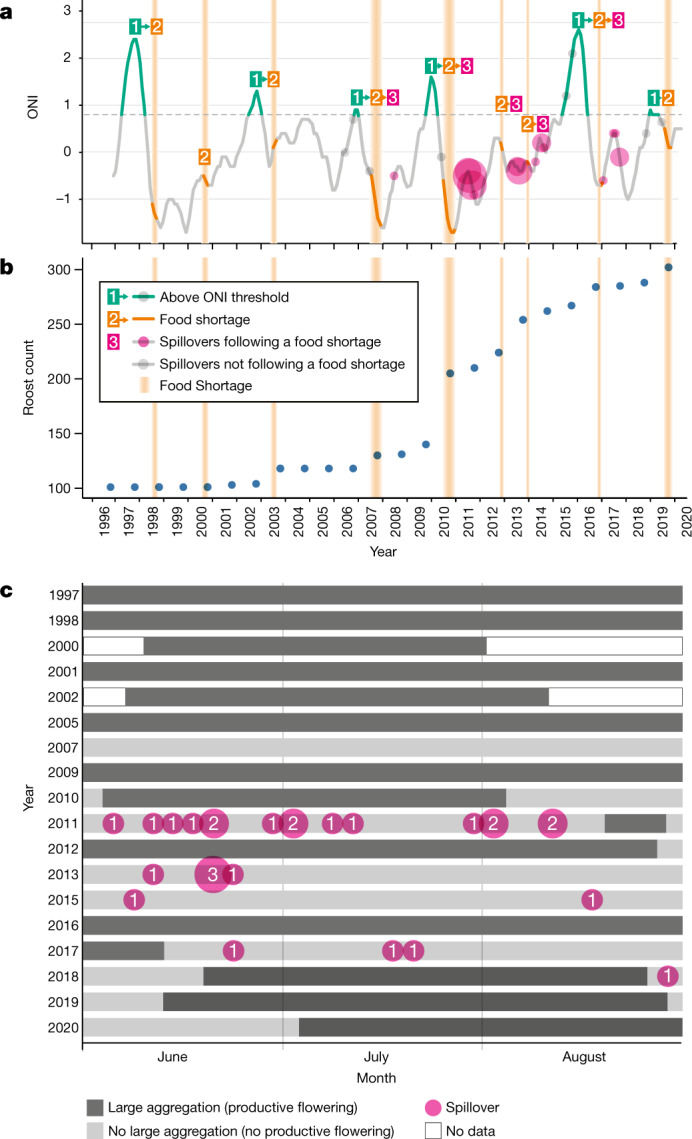Fig. 2. Relationships between climate, periods of nutritional and energetic stress for bats and Hendra virus spillovers.

a, Temporal associations among the ONI, acute food shortages (identified by apiarists) and winter spillovers. A strong El Niño event (ONI > 0.8) consistently led to food shortages the following winter or spring, although food shortages can occur independently of ONI. During the early study period (1996 to 2002), food shortages did not lead to Hendra virus spillovers; during the period of rapid change, when bat populations were fissioning into urban and agricultural areas, food shortages led to Hendra virus spillovers during the following winter. b, Number of roosts in the study area. c, Timing of winter spillover events in relation to the presence of large aggregations (at least 100,000 bats) and productive flowering of diet species in southeast Australia during winter (June to August). Each row indicates a winter for which data were available. Data are missing for winter aggregations for 1999, 2003, 2004, 2006, 2008 and 2014 (Supplementary Table 5a).
